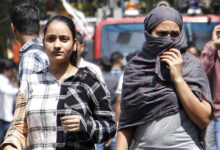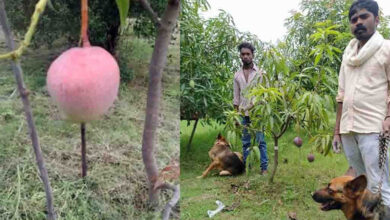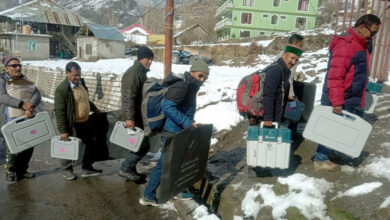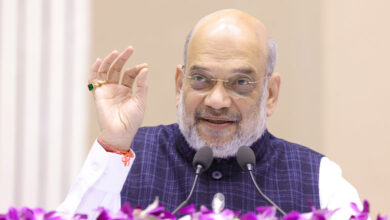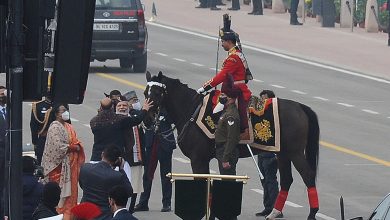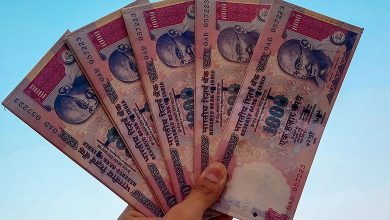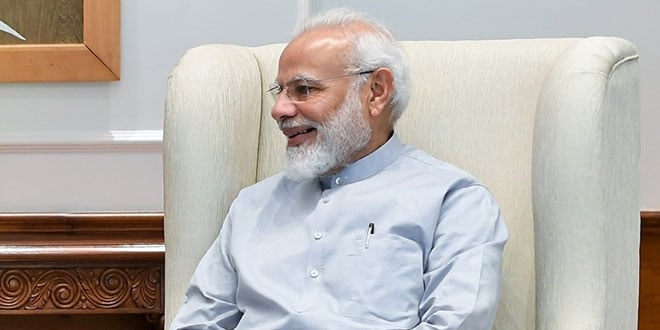
On the 75th day of his second innings, Prime Minister Narendra Modi met IANS with a smiling visage. Having successfully piloted the revocation of the contentious Article 370 and Article 35A in a systematic and seamless manner which has not only blindsighted Pakistan but also flummoxed them in an unequivocal manner, the Prime Minister spoke extensively about Kashmir and the last 75 eventful days where he has hit the ground running.
Every government benchmarks itself over the first 100 days, the PM has compressed his report card to 75 days.
IANS began by asking him what makes Modi 2.0 different. Straight off the bat, the PM spoke in clear-cut terms: “We have set an unprecedented pace within just the first few days of our government. What we have been able to achieve is the result of ‘Spasht Neeti, Sahi Disha (clear policy, right intentions)’. In just the first 75 days of our government, a lot has happened. From children’s safety to Chandrayaan-II, from action against corruption to freeing Muslim women from the scourge of Triple Talaq, from Kashmir to Kisan, we have shown what a resolute government with a strong mandate of the people can achieve. We have taken a head-start in tackling the most pressing issue of our times with the formation of Jal Shakti Ministry for a mission mode and integrated approach to improve water supply and augment water conservation.”
Did the return to power with an even stronger mandate than the first time have something to do with a catalogue of expeditious measures? Was he conscious of the fact that the people who voted for him needed to be given a snapshot of what is coming in the next five years? The PM accepted this axiom saying, “In a way, it is also the result of the government coming back with a stronger mandate. What we were able to achieve in the first 75 days was the outcome of the robust base we were able to build in the last 5 years. Hundreds of reforms in the last 5 years have ensured the country is now ready to take off, powered by the aspirations of the people. The push has come not just from the executive but from the muscle in Parliament….”
The PM said the first session of the 17th Lok Sabha has been a record-creating one — it was the most productive session since 1952. “This is not a minor achievement but, in my view, a historic turn for the better and one which will make our Parliament much more responsive to the needs and aspirations of the people. Many momentous initiatives have been taken such as pension schemes for farmers and traders, reform of the medical sector, important amendments in the Insolvency and Bankruptcy code, beginning of labour reforms…I could go on and on. But the gist of the matter is that when the intentions are right, there is clarity of purpose and implementation, and there is people’s support, then there’s no limit to what we can do. There has been no time wasting, no mulling over things for too long, instead a calibrated plan to execute, implement and take bold decisions, none bigger than the one on Kashmir.
There have been controversies too and the government has dealt with those too. For instance, medical reforms which have not gone down well with common folk. There has been some noise on the medical reforms front from various quarters.
Do you think the changes you have brought in are well thought through? He countered without batting an eyelid, “When we formed the government in 2014, there were many concerns about the existing system of medical education. Earlier, courts have used strong words for the institution overseeing medical education in India, calling it a ‘den of corruption’. A parliamentary committee did rigorous study and took a very dull view of the state of affairs in medical education. It pointed out mismanagement, lack of transparency and arbitrariness. Earlier governments, too, had given a thought to reforming this sector but could not go through with it. We decided to go through with it because this is not a matter that can be taken lightly, as it concerns the health of our people and future of our youth. So, we set up an expert group to look into what is plaguing it. The expert group studied the system carefully and brought out the problems and improvement areas. It is based on the suggestions from experts that we came to the current bill.”
Explaining the granularity of his standpoint, the PM said, “The National Medical Commission is a far-reaching reform in this space and seeks to correct the prevalent problems. It contains multiple reforms that curb avenues of corruption and boost transparency. At a time when nations are looking at India to power the next wave of growth in the world, we realise that this can happen only with a healthy populace. Freeing the poor from the vicious cycle of poverty that lack of health perpetuates is very important. The NMC serves this purpose well too. It will ensure transparency, accountability and quality in the governance of medical education in the country. It aims to lessen the burden on students, increase the number of medical seats and reduce cost of medical education. This means more talented youth can take up medicine as a profession and this will help us increase the number of medical professionals. Ayushman Bharat is bringing about a revolution in the healthcare sector. It is increasing awareness as well as affordability of quality healthcare, especially in tier-2 and tier-3 towns.
“We are also working to ensure that there is at least one medical college between every 3 districts. With rising awareness about healthcare, rising incomes and greater focus on aspirational goals among people, we will need thousands and thousands of doctors to fulfil the demand, especially in rural and urban areas. The NMC seeks to address these issues for a better outcome for all stakeholders. You must have also read that the academic year 2019-20 will see the biggest addition of medical seats in government colleges in a single year with the creation of around 2 dozen new government medical colleges. Our road map is clear — a transparent, accessible and affordable medical education system leading to better healthcare outcomes”.



